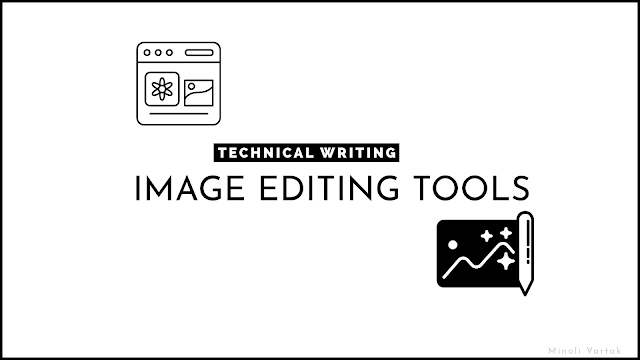Since their goal is to convey information in the simplest manner possible, they must also consider incorporating visuals that aid understanding.
In this blog, let's explore a list of tools that, in my opinion, would prove beneficial.
Snagit
Snagit is an image and video editing tool that proves particularly useful, especially when you are documenting procedural guides.
With Snagit, you can perform the following tasks with image:
Select a specific area of the screen before taking a screenshot.
Capture scrolling screenshots, allowing you to capture the entire page in one go.
Add step numbers to illustrate any procedural information.
Blur out sensitive details within a screenshot.
Rearrange the UI elements captured in the screenshot as needed.
Edit text within a screenshot.
Transform screenshots into simplified user interface graphics, concealing UI objects.
Organize your screenshots in a folder using filters and tags.
Share your screenshots across multiple asset management platforms, including Google Drive and Onedrive.
Note that Snagit is a paid tool. Visit its pricing page for detailed pricing information.
Adobe Photoshop
When it comes to unleashing creativity, Adobe Photoshop never forgets to make its place in the list. Some may wonder how technical writers can utilize such a robust tool solely for image editing purposes.
With Adobe Photoshop, you can:
Use the Snapshot feature to capture screenshots.
Crop images to remove unwanted edges and resize dimensions.
Rotate images clockwise or counterclockwise.
Flip images horizontally or vertically.
Adjust the color and tone of images.
Apply selective blurring to specific portions of an image.
Incorporate text and various geometric shapes like rectangles and circles into the image.
Download images in a variety of formats, including JPEG, PNG, and TIFF.
Maintain multiple versions of a single image, allowing you to revert to any previous version for further modifications.
Save your work frequently to ensure you never lose your edits.
Note that Adobe Photoshop is a paid tool. Visit its pricing page for detailed pricing information.
Figma
Here comes the all-in-one tool for all your graphics needs. Whether you're a technical writer, a UX designer, or a product manager, this tool is designed to cater to all your graphics requirements.
As a free tool, Figma offers a wide range of features. In Figma, you can perform the following actions with an image:
Crop the unwanted edges of the image.
Resize the image dimensions.
Add highlighting elements like lines, rectangles, and other geometric shapes to the images.
Incorporate text into the image.
Create and edit vector shapes that are scalable and independent of resolution.
Export the image in various resolutions and formats.
Apply blur, rotation, and flipping to the image.
While this might sound similar to Adobe Photoshop, the advantage of this tool is that it's free, allowing you to use it according to your needs. Whether you're performing tasks like image editing or creating flowcharts, it can fulfill your requirements.
Conclusion
In a rapidly changing world, it's crucial for technical writers to be in touch with tools that can simplify the process of conveying complex concepts into easily understandable information. Visuals are immensely helpful when it comes to conveying intricate ideas to the audience.
In this blog, we have covered the image-editing features offered by Snagit, Adobe Photoshop, and Figma. You can explore these tools to enhance your life as a technical writer on a day-to-day basis.


